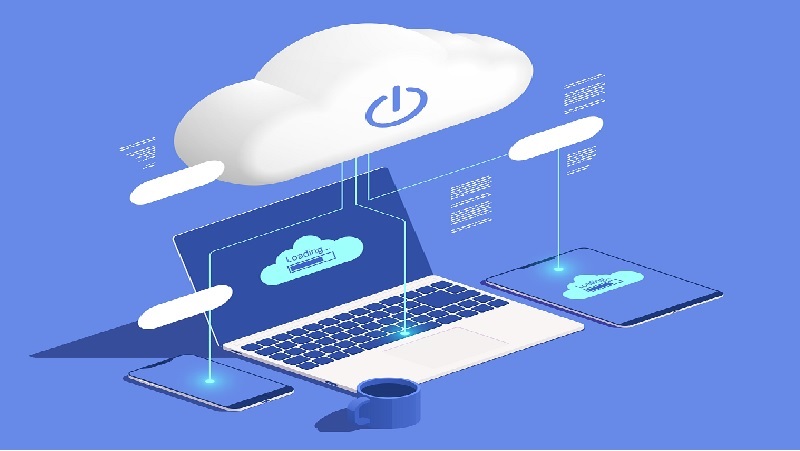Exploring Google Cloud: From History to Applicability

History and Evolution
Google Cloud emerged from the need to provide scalable and high-performance services for managing data and applications in the digital environment.
Founded in the early 2000s, Google developed its own cloud computing infrastructure to support its global operations, and this infrastructure gradually evolved into what we now know as the Google Cloud Platform (GCP).
Initially launched in 2008 for developers, GCP has since continuously expanded its range of services and solutions.
Applicability and Use Cases
Google Cloud has evolved to address the diverse needs of companies and organizations. From startups to global corporations, each can find value in the services offered by Google Cloud. Among the most common use cases are:
- Data Management: Google Cloud offers efficient solutions for data storage, processing, and analysis, from managed databases to analytics services.
- Application Development: Developers can leverage managed services to quickly build and deploy applications, using tools like Google Kubernetes Engine and App Engine.
- Machine Learning and Artificial Intelligence: Google Cloud provides APIs and services for developing and implementing machine learning and AI solutions.
- Advanced Data Analysis: BigQuery enables real-time data analysis, providing valuable insights for informed decision-making.
What the IT Professional Needs to Know
As an IT professional, exploring Google Cloud can be extremely beneficial. Here are some key aspects to be aware of:
- Certifications and Training: Google Cloud offers certification programs and training resources to enhance your skills and knowledge.
- Infrastructure as Code: Learn how to manage infrastructure and resources using tools like Terraform.
- Security: Understand Google Cloud’s security principles and how to protect your data and applications.
Advantages and Disadvantages
Advantages:
- Extreme scalability to meet growing demands.
- Wide range of managed services for development and analysis.
- Emphasis on security, encryption, and advanced authentication.
- Integration with technologies like machine learning and Internet of Things (IoT).
Disadvantages:
- Learning curve for new users can be initially steep.
- Costs may increase as services and resources are added.
Google Cloud represents a robust and powerful ecosystem for IT professionals. By knowing its history, capabilities, what an IT professional needs to know, and striking a balance between advantages and disadvantages, you can confidently navigate the dynamic world of cloud computing.